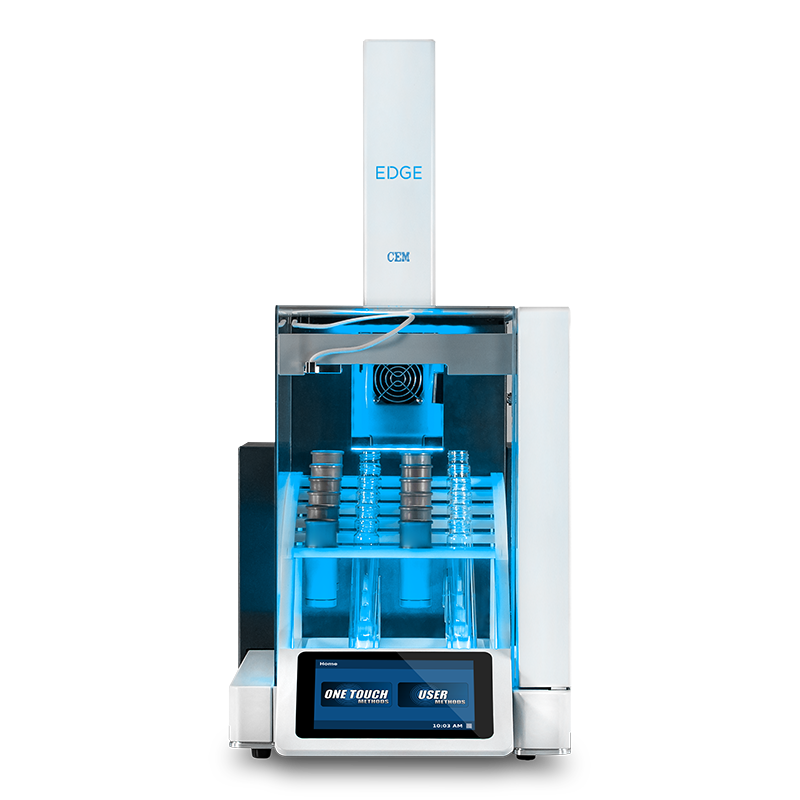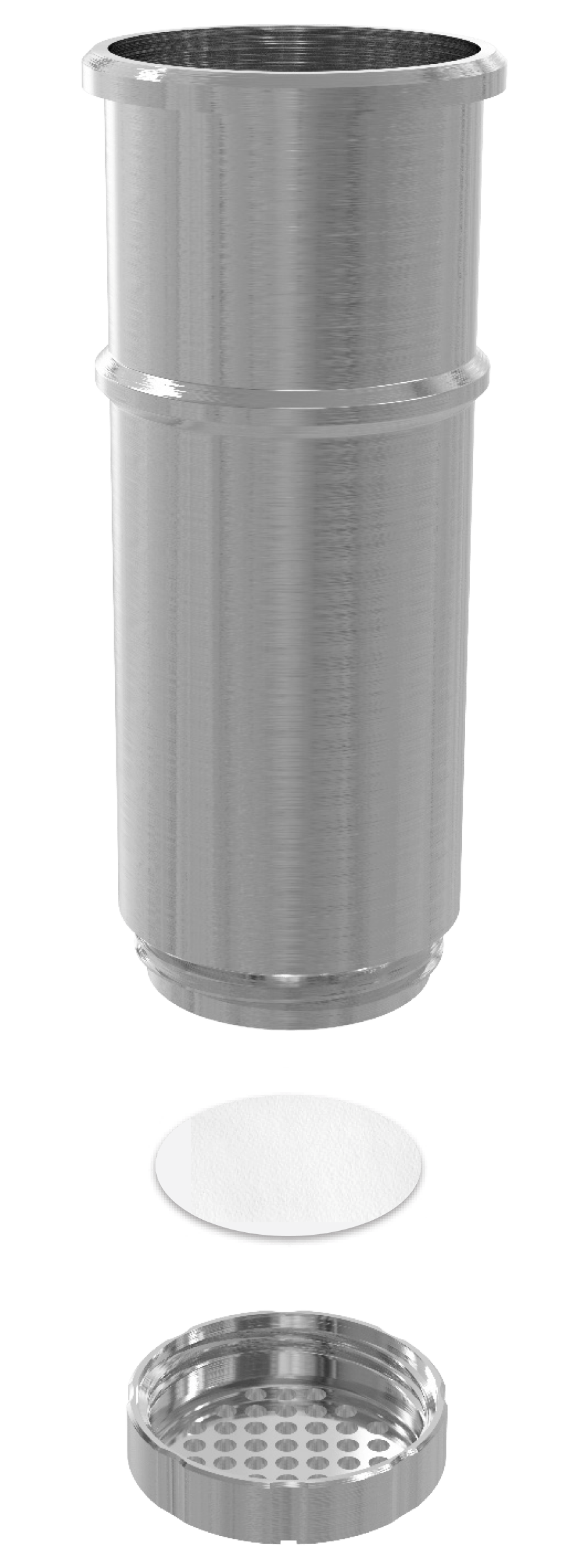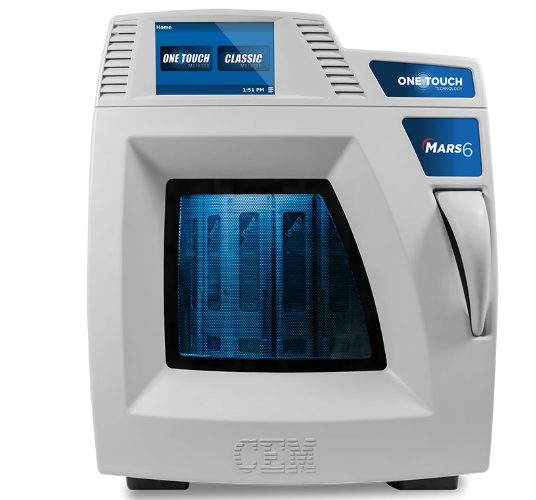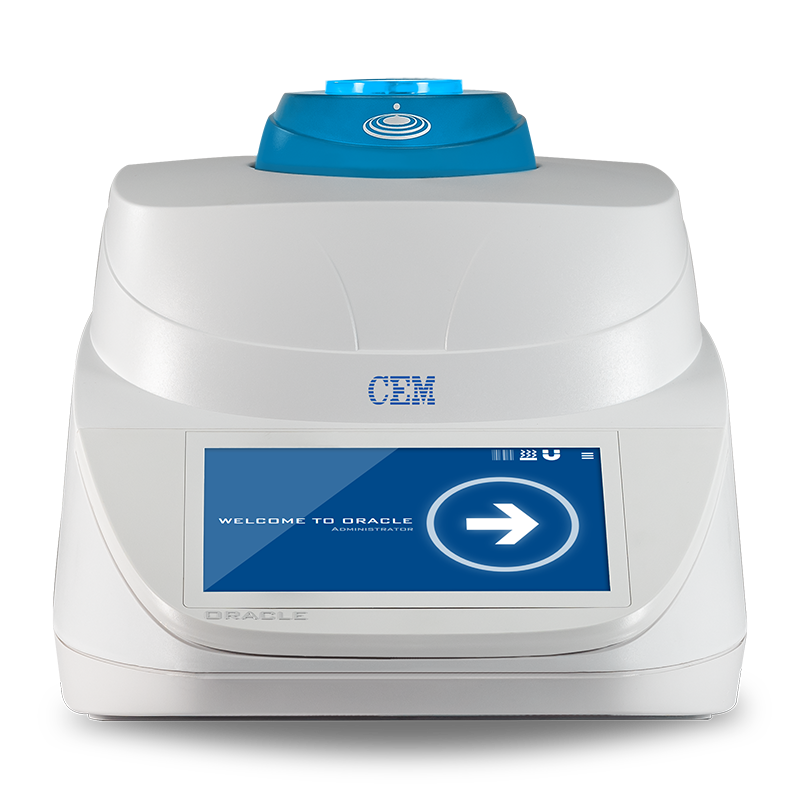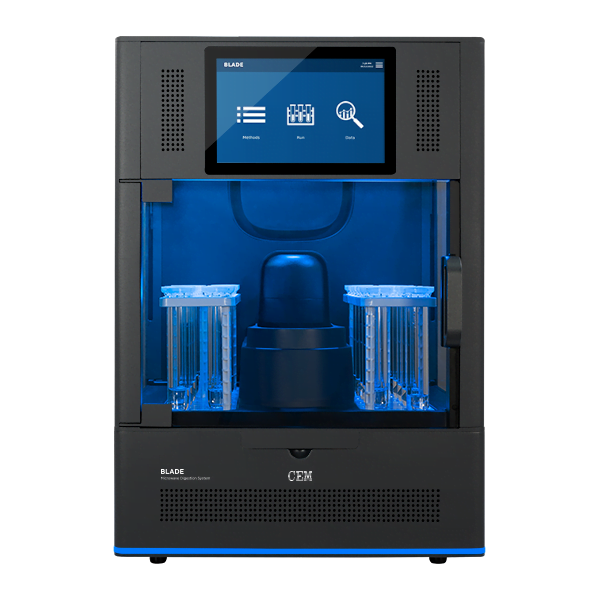Système automatisé d'extraction de solvants
Méthode EPA 3545A
L'EDGE est un système automatisé d'extraction par solvant conforme aux exigences de la législation environnementale américaine, notamment la méthode EPA 3545A.Grâce à la technologie Q-Cup, l'extraction dispersive énergisée devient simple et rapide, quel que soit le type d'application..
L'extraction d'une large gamme de types et de tailles d'échantillons avec l'EDGE est au moins trois fois plus rapide que celle réalisée avec des extracteurs traditionnels à fluide sous pression, y compris les étapes de filtrage, de refroidissement et de lavage. Le système EDGE permet d'extraire efficacement des composés organiques semi-volatils du sol, des graisses alimentaires, des phtalates des plastiques, et bien d'autres substances.
Processus d'extraction facile et automatisé :
1. Chargement de l'échantillon
Les échantillons automatiques chargent la Q-Cup dans la chambre. Ensuite, le bouchon de pression crée un joint pressurisé sur le dessus du Q-Cup.
2. Ajout de la matrice
Tout d'abord, le solvant est ajouté par le bas pour remplir l'espace entre la chambre et le Q-Cup, ce qui favorise le transfert de chaleur. Ensuite, le solvant est ajouté par le haut du Q-Cup pour mouiller l'échantillon.
À mesure que les parois de la chambre se réchauffent, la pression dans la fente du solvant augmente, surmontant la pression à l'intérieur de la Q-Cup et forçant le solvant à se disperser dans l'échantillon.
3. Collecte de l'extrait
Une fois que l'échantillon a atteint sa température, le solvant passe par le Q-Disc, le serpentin de refroidissement et s'écoule finalement dans un flacon de collecte.
Système automatisé et flexible d'extraction par solvant
Obtenir de meilleurs résultats avec un seul instrument
- Extraction en phase solide dispersive
- Extraction de fluides sous pression
- Extraction liquide assistée
- Extraction liquide-liquide
Avec EDGE, il n'est pas nécessaire d'utiliser plusieurs systèmes pour différents types d'échantillons. Grâce à la technologie Q-cup, EDGE gère toutes les extractions et fournit une solution exempte de particules, prête à être 'analysée, quelle que soit la technique utilisée.
En tant que système automatisé d'extraction de solvants, EDGE simplifie les flux de travail en gérant une variété de techniques d'extraction dans un seul instrument compact.
Sa petite taille est un grand avantage !
Edge PFAS

Après plusieurs de lavages, la propreté de l'EDGE que l'arrière-plan des S1 Q-Disc®, Q-Matrix Hydra™ et Q-Cup® ont été rigoureusement vérifiés. Les résultats montrent que ces modifications permettent d’obtenir un arrière-plan exempt de PFAS, tant pour l'EDGE que pour les Q-Discs, Q-Matrix Hydra et Q-Cups. Ainsi, l'EDGE représente une solution idéale pour les laboratoires cherchant à automatiser les extractions de PFAS tout en évitant toute contamination indésirable de leurs échantillons.
Lisez nos articles de blog :
- PFAS / PFOS dans les matrices mixtes
- Webinaire Les PFAS dans la chaîne d'approvisionnement alimentaire
